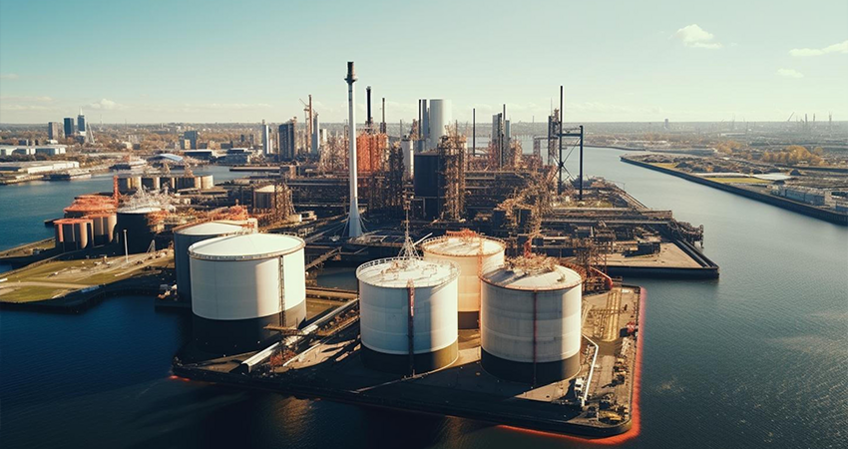Oil Market Balances on Inventory Draws, Demand Concerns, and OPEC+ Policy
- US crude inventory draw supports prices, but rising gasoline stocks and softening demand weigh on the market.
- China's oil demand recovery and OPEC+ production cuts crucial for price outlook, as global economic concerns persist.
Oil Prices Stabilize Amid Modest Inventory Draw, Yet Pressure Persists
Oil prices have recently stabilized following a small crude inventory draw in the United States. The EIA reported that US crude inventories fell by 1.3 million barrels in the week ending May 5, compared to analyst expectations of a 1.4 million barrel decrease. This draw helped to offset concerns about rising stockpiles and softening demand, leading to modest gains in WTI crude prices, which settled around $79 per barrel.
However, the oil market remains under pressure due to rising US inventories. In the previous week, US crude stocks unexpectedly jumped by 3 million barrels, while gasoline stocks surged by 3.5 million barrels, raising concerns about oversupply and weakening demand in the world's largest oil consumer. This softening of the market has contributed to the recent decline in oil prices, which fell more than 1% earlier in the week.
Oil Demand Uncertainties in China Influence Market Sentiment Amid OPEC+ Production Stance
The outlook for oil demand in China, the world's top crude importer, is a critical factor influencing prices. Goldman Sachs forecasts that China's oil demand could rise by 1.1 million barrels per day (bpd) to 16.3 million bpd in the second half of 2024 as the country reopens after strict COVID-19 lockdowns. However, the pace of China's economic recovery and oil demand growth remains uncertain, with recent data showing a slower-than-expected rebound in Chinese economic activity.
OPEC and its allies, known as OPEC+, are expected to maintain their current production targets at their upcoming meeting in June. The group has been cutting production by 2 million bpd until the end of 2024 to support prices amid concerns about global economic growth and oil demand. With Brent crude prices trading around $75-$80 per barrel, close to the budgetary breakeven level for many OPEC+ members, there may be little incentive for the group to change course. Goldman Sachs does not expect OPEC+ to alter its production agreement.
Overall market sentiment remains cautious, with some analysts noting that "extreme but unjustified pessimism" has returned to oil markets. Concerns about the global economic outlook, rising interest rates, and softening demand have weighed on prices. However, supportive factors such as OPEC+ production cuts, geopolitical risks, and expectations for a recovery in Chinese oil demand have helped to balance the market. As a result, oil prices are likely to remain volatile in the near term, with risks on both the upside and downside depending on how these key factors evolve.

